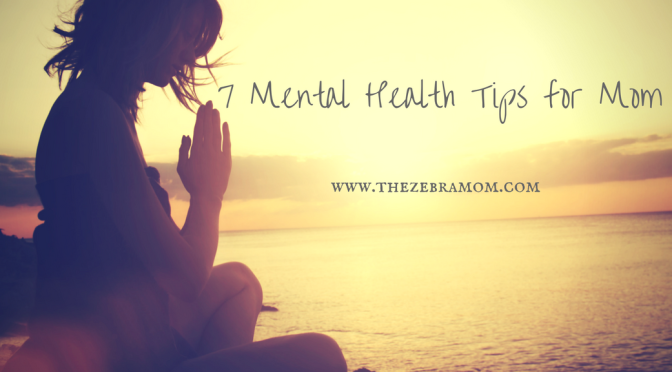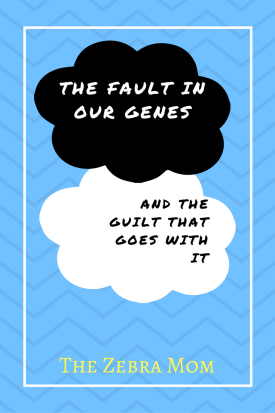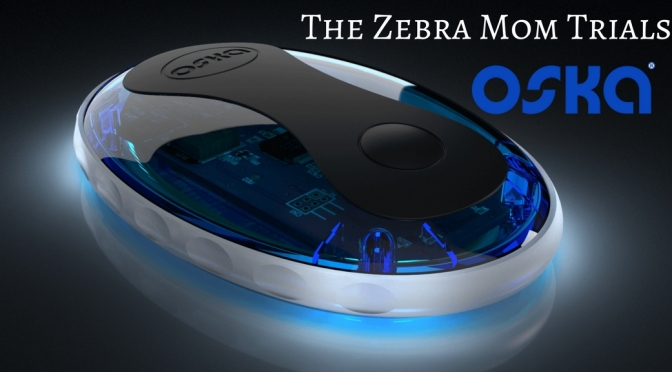Dear Doctors,
I came to you as a scared, vulnerable teenager. I was in pain and tired all the damn time.
“You’re depressed”, you said.
I walked out with a script for antidepressants. I hoped this would fix everything.
No such luck. I am a zombie. I didn’t care about anything. My friends are scared for me.
Months later I return with the same complaint. My joints hurt. I’m still tired. A new symptom arose. Chest pain.
“You’re stressed”, you said.
“I don’t feel stressed”, I responded.
“Subconscious stress,” you said.
I walk out with another script for a different antidepressant and sleeping pills.
This goes on for years.
It’s all in my head, you said. That the “physical symptoms were a manifestation of something psychological”.
Those words made me genuinely depressed. I wasn’t being listened to. The weight piled on, intensifying my depression. I didn’t feel like this body was mine.
You didn’t listen.
I became pregnant and things escalated.
“It’s just the pregnancy”, you said.
I moved clinics to find a doctor who would really listen to me.
Once again, I explain the pain, the fatigue, the stomach issues, the dizziness, my heart racing and pounding in my chest.
I came to you as a scared, vulnerable mother. I was in pain and tired all the damn time.
“You’re depressed”, you said.
I walk out with yet another script for another antidepressant. The fifth medication of its type that I’ve tried.
I am in too much pain and too tired to function. I can’t muster the energy to get dressed. My friends and family don’t understand. Being judged for being in my pajamas all day. I am just lazy.
I think:
“If this is all in my head, and nothing is working, what is the point in living?”
There were days I looked at my pills and thought that if I took them all, that the pain would end, that I would be free and I would no longer be a burden on my family.
I fight the urge and win.
Three years later, while just about managing an internship, I interview a woman with Ehlers Danlos Syndrome. Her story sticks with me. The doctors didn’t believe her either. Nor were they willing to help.
A year later I speak to this woman again. We get to talking about my issues.
She asks one thing that changed my life forever.
“Are you hypermobile?”, she asks.
“No”, I say.
“I’m stiff as a board!”, I exclaim.
Turns out I am. Very hypermobile. I score 8/9 on the Beighton scale.
The woman gives me the same of a doctor to see. I decided to see what you, my doctors thought.
“Could it be Ehlers Danlos Syndrome?”, I ask.
“Oh God, no! That’s as rare as hen’s teeth,” you say.
I leave, defeated.
One November day, I faint at home. That’s it. I need answers.
I go to see the recommended doctor. My stomach is in knots. That’s normal before I go and see doctors of any type now. I prepare myself to be told the same old thing. That I was depressed, I was anxious, that it was all in my head.
I am examined, I am spoken to with respect, I do not feel like a neurotic child.
“No wonder you have been depressed. Nobody was listening to you”, he says.
Just as I thought; I was diagnosed with Ehlers Danlos Syndrome.
For the first time in my life, a doctor really listened, like no other doctors had done before.
Tears stream down my freckled cheeks with relief.
I walk out, cigarette in my hand, shaking with relief and with disbelief.
Finally! I was listened to. Finally, I have my answers.
A letter is sent to you, confirming my suspicions.
Nothing changes though, I suspect you don’t believe the diagnosis.
I never took another antidepressant after that day.
It was all over, or so I thought.
Then I soon realised, the diagnosis meant nothing without someone to help.
And here I am, six years later. I am bouncing from consultant to consultant. Medicated up to my eyeballs. No real investigations are done and some tests are simply not available in my own country.

To England, I go with family in tow. My two children now facing the same life of disbelief and pain.
But things are different here.
I meet you, dear doctor, for the first time.
You are small and sweet. You’re gentle and kind.
I feel safe with you. You are thorough.
I had no choice but to travel and spend money we did not have, but I am glad I did.
You really listened and didn’t brush me or my feelings aside.
So many from my country have been here before. Desperate for help.
A world expert’s diagnosis, that will shut the rest of them up.
And it did. No more questioning on whether this was the real diagnosis.
I had wondered myself if the diagnosis was correct because all the others, these “experts” made me feel that way.
I return home. The rain pours as we land. It matches my mood.
I am coming back to a country that does not care about my well-being or my children’s.
I jump to another doctor after another again. And again, questions the diagnosis. I am so sick of doctors at this point. But, this next one is different.
You really seem to care.
There is no rush, you have taken the time to listen.
You follow my lead, you let me take the reins on my treatment.
I almost jumped for joy leaving the doctor’s office. I could not believe my luck.
You seemed determined to help.
My pain worsens. I am a ball of tears every time I see you now because I am at the end of my tether. Other doctors want to try these expensive treatments that may not work. They haven’t worked before. I just want relief from the pain.
I just wanted you to tell me you’ll help.
Yet I walk out with a script for antidepressants-again.
The memories flood back, of not being believed. I am now a nervous wreck going to any doctor again.
I take the first pill. It begins again.
I can’t get out of bed, I am more tired than ever.
Zombified again.
Sleeping for three days after taking one of those tiny pills so I don’t take anymore.
I return to you, scared because the pain is as bad as it’s ever been.
Feeling like the tin man, I just need some oil to move with ease.
“Anti-inflammatories will help”, you say.
I take the script, skeptical.
It’s still early days but I just know this isn’t going to work.
Something is very wrong with me.
I can’t keep fighting for help, doctor. I am already too tired.
Is it so much to ask to just want to be normal? To be like my friends.
There is only so much I can do on my own.
I am trying, really, I am to be normal.
Distracting myself with things that I can do.
I just want help with the things I can’t manage alone.
Is not living in pain too much to ask for?
Sincerely,
Someone who just needs help.






























